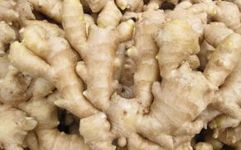Ganjiang (Dried Ginger)

Source: The dried rhizome of the ginger plant, Zingiber officinale Rosc.
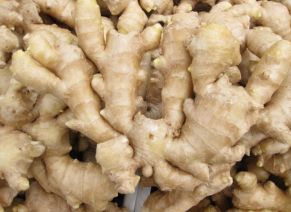
Ginger medicinal material (Photo by Zhou Xianjian)
Historical Background: First recorded in the Shennong Bencao Jing, classified as a medium-grade herb. The Mingyi Bielu distinguishes between dried ginger and fresh ginger, stating: “Fresh ginger and dried ginger are harvested in Qianwei, Sichuan, and Jingzhou, Yangzhou in September.” The Bencao Jing Jizhu notes: “Dried ginger is now only produced in Linhai and Zhang’an, with several villages processing it. The method for making dried ginger involves soaking in water for three days, peeling, placing in running water for six days, scraping off the skin, then drying in the sun, and fermenting in a porcelain jar for three days to complete the process.” The Tang Bencao states: “Dried ginger… harvested in Qianwei, Sichuan… in September.” The Tujing Bencao records: “Fresh ginger is found in Qianwei (now Sichuan Qianwei) and Jingzhou, Yangzhou, and is now available everywhere, with the best coming from Han, Wenzhou, and Chizhou (Han Prefecture now Chengdu, Sichuan; Wenzhou now Zhejiang; Chizhou now Anhui). The plant grows two to three feet tall, with leaves resembling arrow bamboo, and the roots are yellow. It does not flower or bear fruit. The roots are harvested in autumn.” The Zhenglei Bencao includes both dried and fresh ginger, with illustrations of dried ginger and the original plants from Fuzhou and Wenzhou. The Bencao Gangmu Shiyi notes the quality differences of dried ginger from different regions, naming the Sichuan variety as “Chuanjiang” and stating: “Dried ginger from Sichuan is twisted like a dry branch, with the spiciest flavor, and does not resemble ginger in shape, but can also be used in food.” The Qianwei County Chronicle from the 19th year of the Jiaqing era also records ginger.
From the historical botanical records, the morphological characteristics of ginger, the accompanying illustrations of the original plants, and the processing methods, it is evident that the dried ginger recorded in historical texts is consistent with the dried ginger used today, both derived from the ginger plant Zingiber officinale Rosc.. The historical records indicate that the primary production area of dried ginger is Qianwei, Sichuan, with the quality of “Chuanjiang” being superior.
High-quality dried ginger is characterized by large, plump pieces, sufficient starch, low fiber, and a strong spicy flavor.
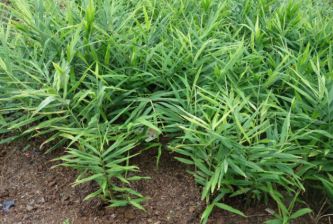
Original plant of dried ginger (Photo by Fang Qingmao)
Properties and Channels: Dried ginger is pungent and hot. It enters the spleen, stomach, kidney, heart, and lung meridians. Fresh ginger is pungent and slightly warm, entering the lung, spleen, and stomach meridians.
Functions and Indications: Dried ginger warms the middle, disperses cold, revives yang, opens the meridians, warms the lungs, and transforms phlegm. It is used for cold pain in the abdomen, vomiting, diarrhea, cold limbs with weak pulse, and cough with cold phlegm. Fresh ginger releases the exterior, disperses cold, warms the middle, stops vomiting, transforms phlegm, and alleviates seafood poisoning, used for wind-cold colds, cold-induced vomiting, cough with cold phlegm, and seafood poisoning.
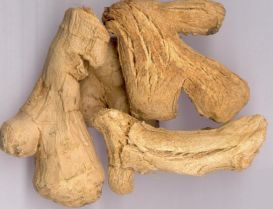
Ginger medicinal material (Photo by Zhou Xianjian)
Suitable Regions and Optimal Conditions:
1. Ecological Environment: Grows in hilly and flat areas below 1600 meters.
2. Suitable Regions: The suitable area for dried ginger is the basin and hilly regions at an altitude of 300-1600 meters.
3. Optimal Region: Dried ginger is primarily produced in the southern sub-region of the Minjiang River basin in Leshan, with an average annual temperature of 17.6°C, annual precipitation of 1103.6mm, and a frost-free period of 336 days; in hilly areas below 600 meters; with soil types of loess and red soil. The main production areas are Qianwei and Muchuan, where the ginger is known for its beautiful shape, high quality, large tubers, white skin, fine aroma, and strong flavor, sold nationwide and exported. Qianwei accounts for about 50% of the province’s production, with high yields and quality from villages such as Xinmin, Zhaogu, Jiujiang, Tielu, Bagou, Xiaogu, Longkong, and Maimiao; Muchuan accounts for about 40% of the province’s production, with high yields from villages such as Changgu, Danan, Jianban, and Xinfan.
End
 ◆ Sichuan Province encourages the development of generic drugs and accelerates the formulation of medical insurance drug payment standards
◆ Sichuan Province encourages the development of generic drugs and accelerates the formulation of medical insurance drug payment standards
◆Helping Sichuan’s poverty alleviation targets achieve “poverty alleviation success”! Traditional Chinese medicine has great potential in rural revitalization
◆ The provincial reading class and warning education special class were held, with Peng Qinghua issuing “six questions” to deeply learn from the lessons of the Pu Bo case
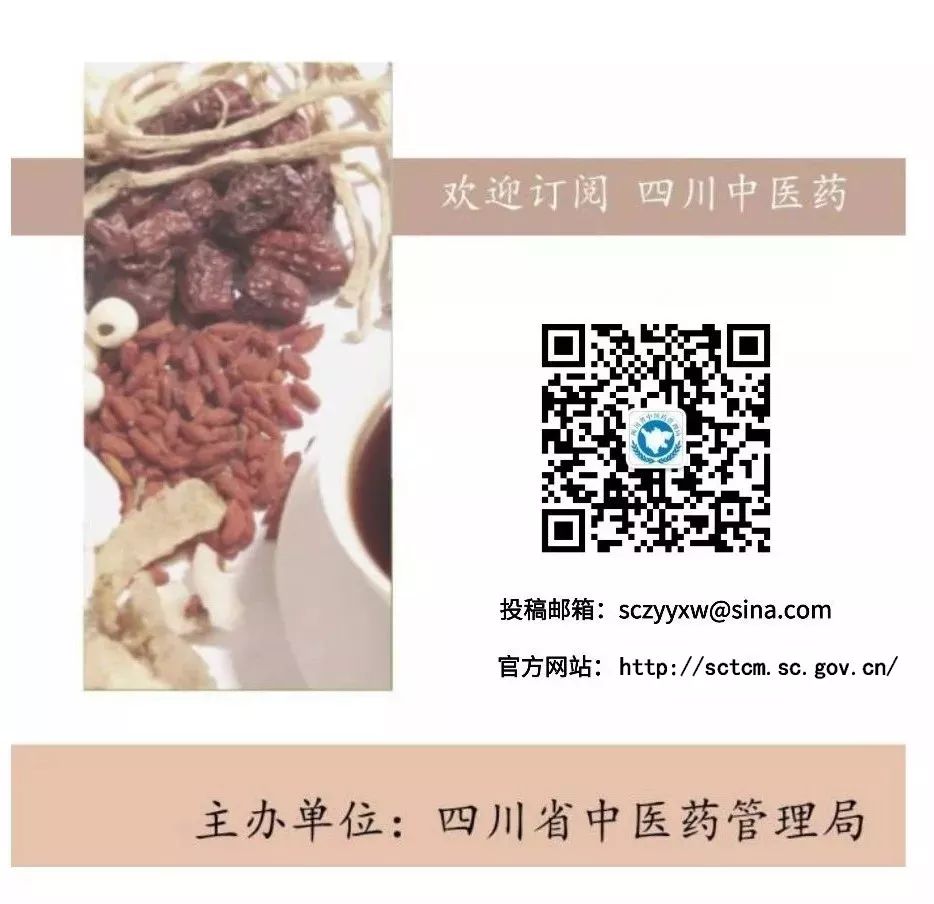
After reading the article, please give me a thumbs up
(づ ̄3 ̄)づ╭❤~

